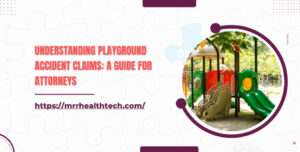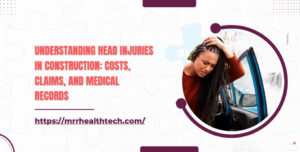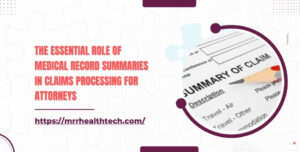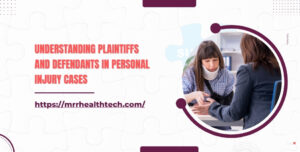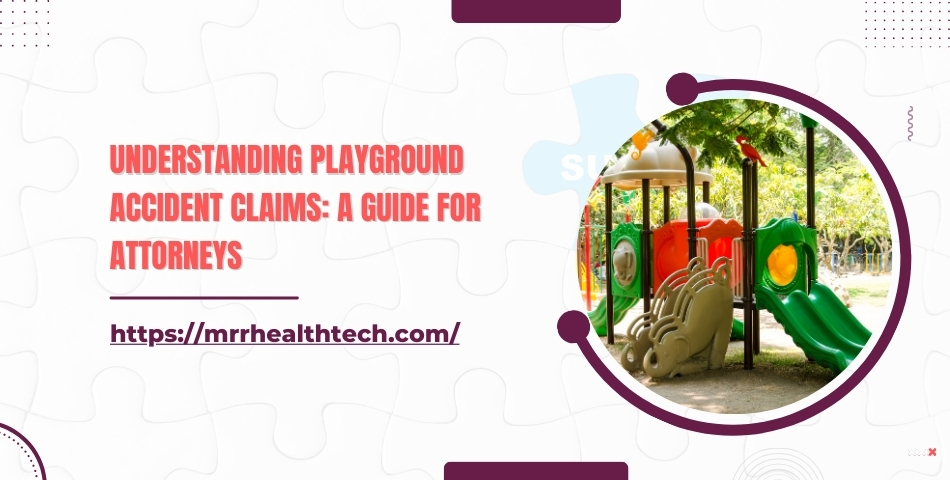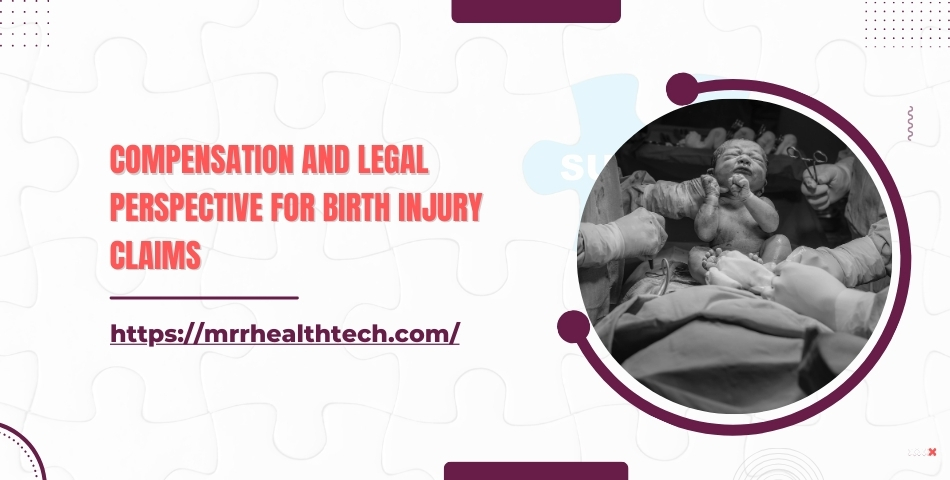
Introduction
Injuries caused by medical negligence can be extremely traumatic to the affected child and the family. In the case of medical negligence, families will most likely sue to receive compensation. In this article, we provide a primer on birth injury claims and explain their compensation calculation, how a review of medical records impacts a claim, and what lawyers need to know regarding case complexities.
Types of Birth Injuries
Cerebral Palsy
• Overview: Cerebral Palsy is the neurological disorder characterized by muscle paralysis due to damage to the brain during birth or shortly thereafter.
• Impact: Muscle spasms and damage to parts of the body that have been softened or damaged often will permanently affect the injured individual and will require lifelong caregiving.
Erb’s Palsy
• Overview: Erbs Palsy is a rare disease characterized by damage to the delivery nerves during delivery, usually as a result of shoulder dystocia.
• Symptoms: Weakness or paralysis in the affected arm.
Brachial Plexus Injuries
• Overview: The term brachial plexus describes an injury to the nerve-fibers of the arm and hand which usually happen during hard deliveries.
• Long-Term Effects: Permanent imprisonment or restricted movement.
Fractures
• Common Types: Birth-related fractures include clavicle bone fractures which occur most often.
• Recovery: The fractures can cause pressure and soreness temporarily but heal well.
Considerations Affecting Payment in Claims of Injury at Birth
Healthcare Treatment
• Treatment Now and in Future: Medical reimbursement usually encompasses current medical activities and estimations of forthcoming expenses for an ongoing treatment course, therapy, rehabilitation, and other ancillary healthcare services.
• Facts: The National Center for Health Statistics revealed that a child with cerebral palsy has an average care cost exceeding $1 million throughout their life.
Pain and Suffering
• Distress: Pain And Suffering also extends to the distress occasioned to the child and the family.
• Evaluation: Courts take into account the degree of the injury alongside the quality of life closely; the injury’s impact on quality of life also plays a crucial role.
Earning Not Realized
• Effect on Parents: Loss of wages may be claimed if a parent has to quit or reduce their working hours substantially in order to care for the child.
• Future Claims: Due to the child’s condition, potential benefits unpaid from claiming the position.
Extraordinary or Punitive Damages
• Aim: In cases of extreme negligence, punitive damages are awarded to the party at fault to deter such actions in the future.
The Importance of Reviewing Medical Documents In Relation To Birth Injury Claims
What does Medical Records Review entail?
Explanation: It involves painstakingly sifting through legally relevant documents from the patient’s file for all documents that pertain to helping build the case.
Significance: Critical for understanding the standard of care and identifying factors which may have resulted in the injury.
Attorney Benefits
- Evidence Collection: Medical records serve as an essential source to prove negligence.
- Expert Testimony Preparation: Assists in crafting thorough advance strategies by bringing to attention important medical details.
- Case Evaluation: Offers comprehensive analysis enabling attorneys to gauge the strength of their case and devise appropriate action plans.
Statistics on Birth Injuries as of (2024)
- Prevalence Rate: The CDC estimates approximately 7 in 1,000 live births experience a birth injury.
- Legal Suits: There has been a 12% increase in birth injury lawsuits in the last year, indicating a growing trend of awareness and advocacy for affected families.
Case Studies
Cerebral Palsy Caused by Negligence: Beginner’s Case Study
- Summary: Cerebral palsy was manifested by a child whose mother experienced a C-section delay during labor.
- Obstacles: Proving reasonable expectation of care in time frame was delivered.
- Answers: The examination of the medical records revealed the standard of care was not provided.
Erb’s Palsy from Dystocia Case Study
- Overview: Erb’s Palsy was inflicted on a waiting baby owing to poor lifting technique in the birth process.
- Challenges: Showing that the medical staff neglected to observe certain operating procedures.
- Solutions: The expert testimony along with the medical records clearly illustrated breaches of care in the delivery process.
Conclusion
Claims of birth injuries are complicated and demand an in-depth understanding of healthcare negligence and the corresponding legal factors. With awareness on the types of birth injuries, the nuances that determine the level of compensation, and the significance of the medical records appraisal, attorneys can strategically represent their clients. This structure not only helps in obtaining just compensation but also reinforces the necessity of responsibility in the healthcare system.



